Please add image or text logo
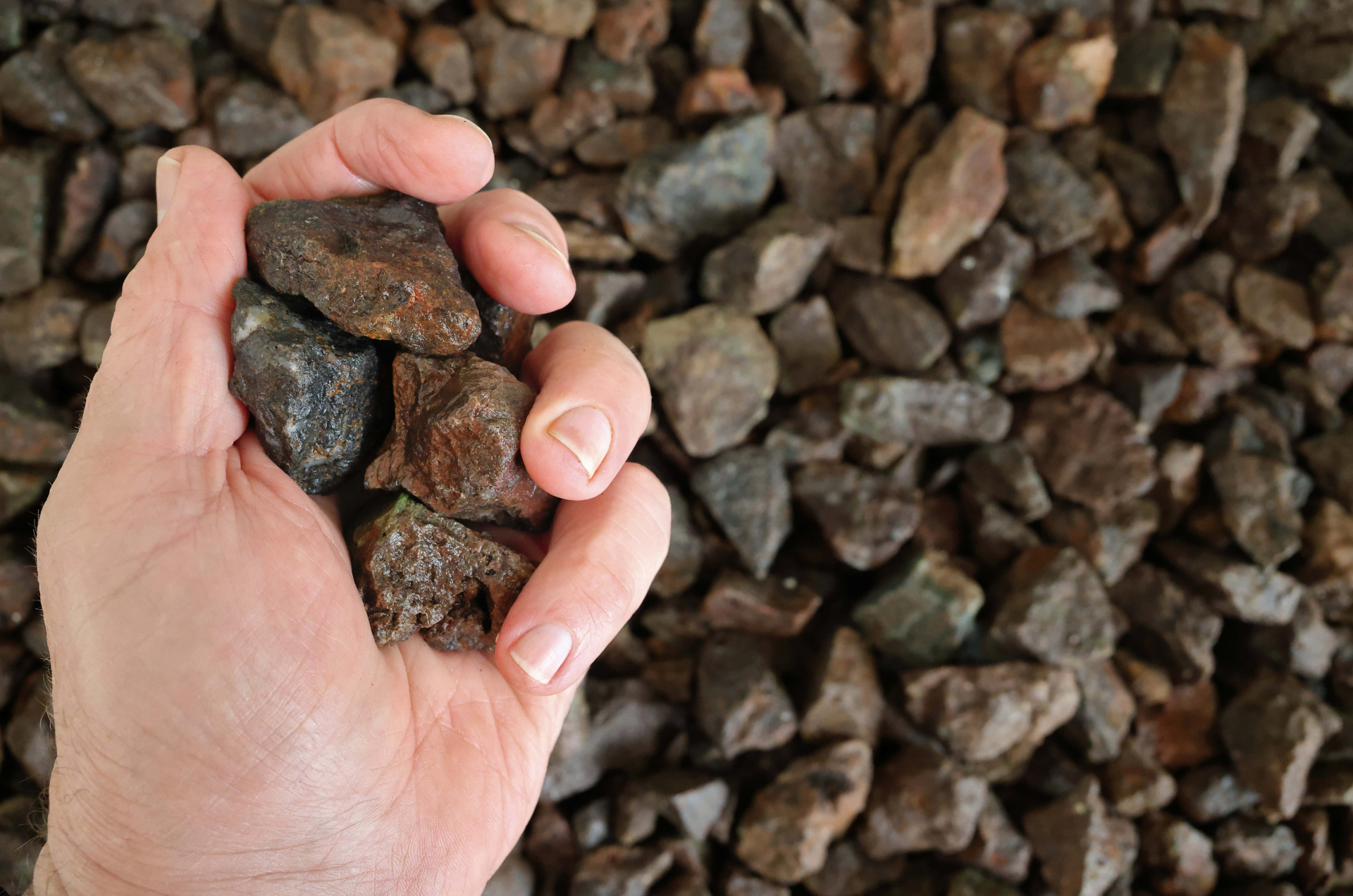
Bring some sparkle back to your garden with this step-by-step guide to cleaning your garden aggregates.
Garden stones and gravel can look daunting to clean, but don’t worry, tackling them is easier than you might think! Here, we explain how to clean garden stones and how to clean garden gravel.
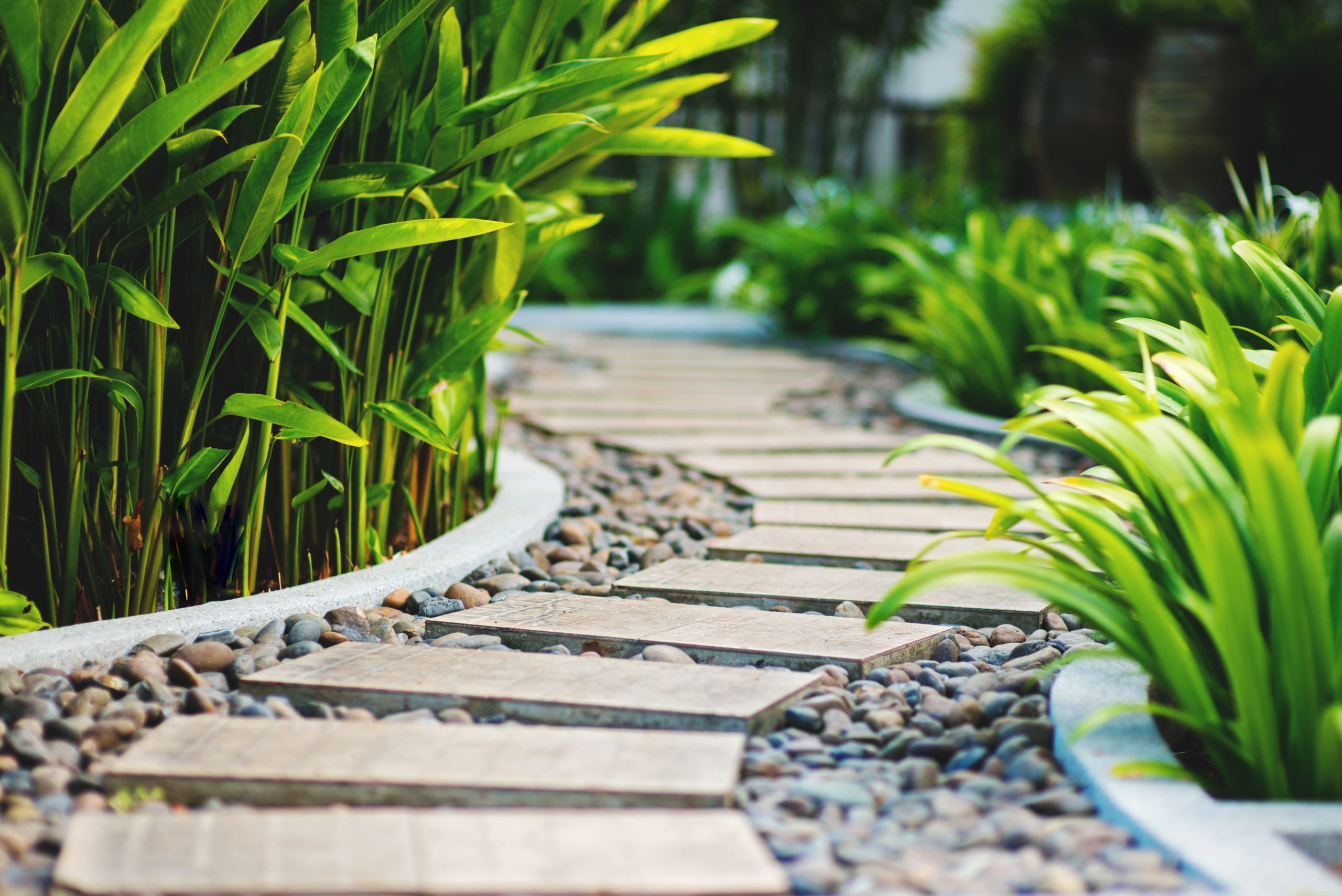
Outdoor stones – and other aggregates like gravel, pebbles and stone chippings – can be easy to overlook. They tend to be overshadowed by plants and lawns, and you may not even notice how dirty they can get. But over time, stone can be tarnished by the weather, and stained by moss and algae. All of which will dull its natural colour and shine.
Keeping outdoor stones clean can also make outdoor spaces safer, by ensuring they don’t become slippery. Especially if you have paths or stepping stones. Cleaner aggregates can even support the health of plants, by preventing weeds and other unwanted invasives growing on them that could compete with or otherwise harm your plants.
Keeping garden stones and gravel clean can:
• Enhance the visual appeal of your garden
• Prevent the buildup of grime, algae and moss
• Reduce the risk of slipping on dirty and slimy stones
• Help maintain the health of surrounding plants
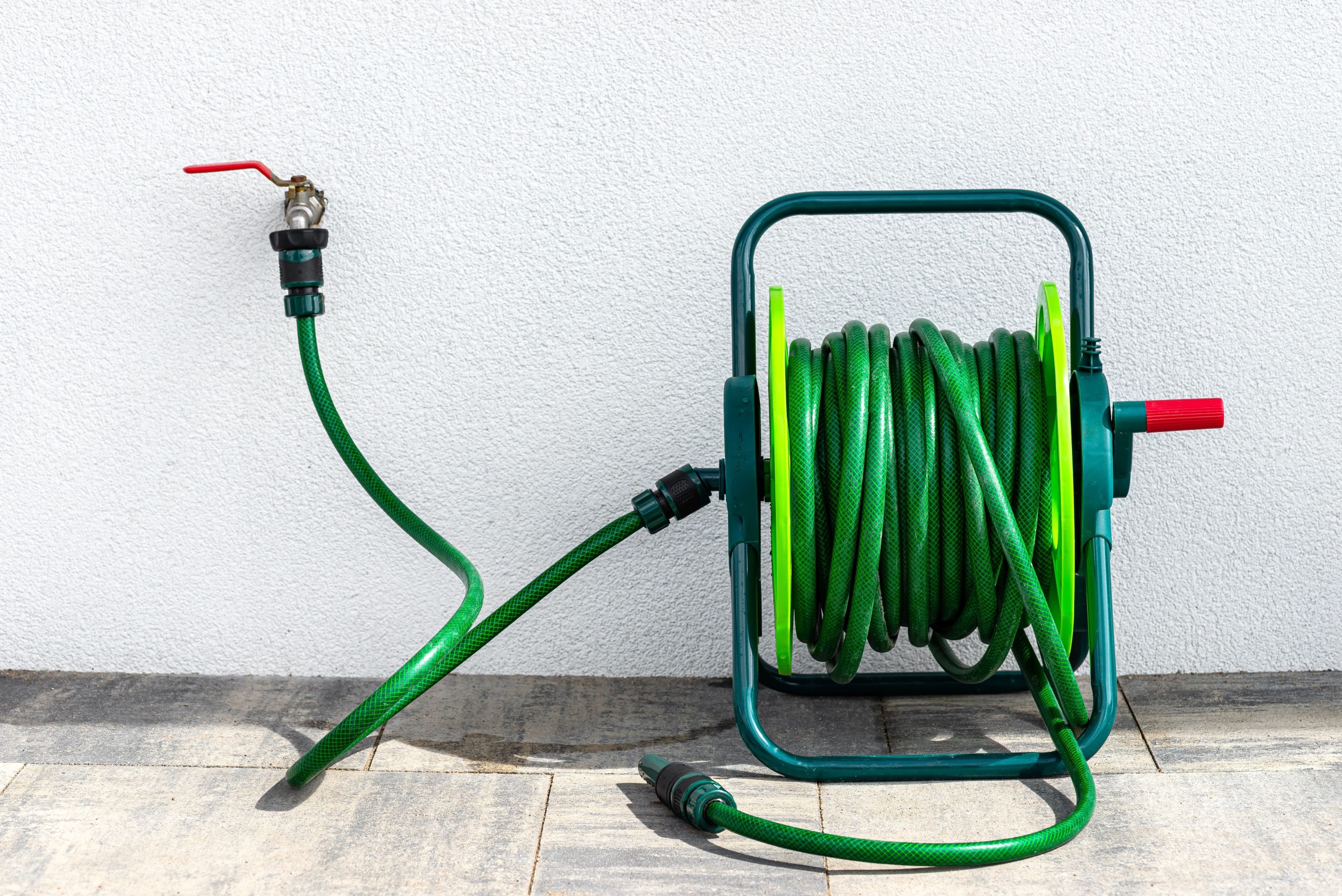
Before you clean your aggregate, make sure you have:
• A garden hose with a spray nozzle
• A stiff-bristled brush or broom
• A rake
• A shovel
• Plastic tarpaulin or an old sheet
• A large bucket
• Dishwashing liquid, bleach, or a specialised stone cleaner
• A pressure washer (optional)
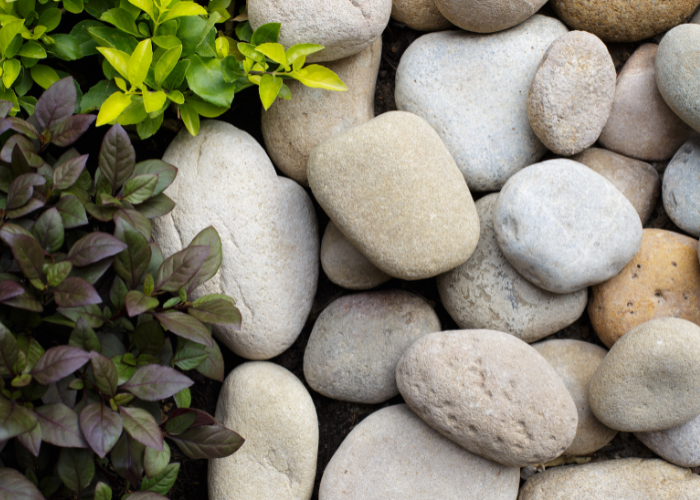
Follow this simple approach to bring shine and colour back to your garden aggregates:
Step 1: Clear the area
Start by removing any garden furniture, pots and decorations from the area you’re going to clean. Make sure you have full access to the stones.
Step 2: Remove debris
Use a rake or shovel to gather and remove any leaves, twigs and other items of large debris that might be sitting on top of the stones.
Step 3: Spread out your tarp
Lay out your plastic tarp, or an item like an old sheet, on a flat surface next to your aggregate.
Step 4: Rake and scoop
Rake the stones into a pile, being careful not to damage any plants, and then scoop them onto your tarp. Spread your aggregate out as much as you can, as this will help with cleaning.
With your aggregate removed, you also have an opportunity to tidy up the bed beneath it, if needed, by removing debris or unwanted plant material like old roots.
Step 5: Spray with water
Using your garden hose, ideally with a spray nozzle, to thoroughly rinse the stones. This will remove loose dirt and any remaining debris.
Step 6: Scrub your aggregate
Fill a bucket with warm water and add a cleaning solution, like washing up liquid or bleach, and mix well. For bleach, add 50 ml of bleach to every 20 litres of water.
Use a stiff-bristled brush or broom to scrub the stones. Regularly dip the brush into your bucket of water to keep it wet and to remove dirt and grime. Depending on how dirty your aggregate is, you may need to replace your water multiple times and repeat this process until your stones and gravel are properly cleaned.
Step 7: Rinse your stones
After scrubbing, use your hose to rinse off the soap and any loosened dirt. Make sure to rinse thoroughly to avoid leaving any residue on your stones or gravel.
Step 8: Dry your aggregate
After cleaning, make sure your stones are spread out as thinly as possible, as this will help them dry faster. Let them dry in the sun (this could take an hour to a couple of hours, depending on the weather and your aggregate). If you can turn the stones over occasionally, it can help speed up drying.
Step 9: Return your stones
Once dried, rake your aggregate into a pile and return it to the bed with your shovel. Smooth it back into place with your rake and with any other garden tools you have, like a large trowel.
To clean stone chippings, follow the exact same process!
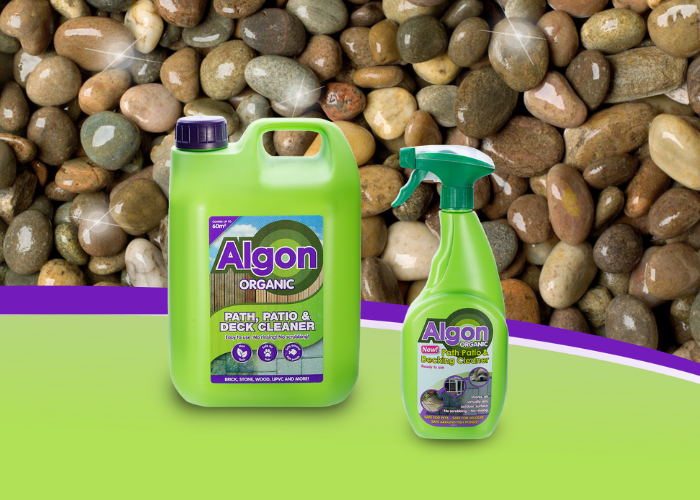
• Consider a pressure washer – Pressure washers can help speed up the cleaning process by applying a strong stream of water to your stones, and are ideal if you have large amounts of aggregate to tackle. Just be careful that the pressure setting doesn’t damage your aggregate or send it flying off your tarp. If you don’t want to buy your own pressure washer, you can often rent them.
• Regularly rake and hose your aggregate – Whilst moving your aggregate onto a tarp is the best way to clean it properly, you can keep your garden stones looking fresh by regularly raking and hosing them down whilst they’re still in place. This reduces how often you’ll need to deep clean them.
• Use a specialist cleaner for tough jobs – Whilst washing up liquid or bleach is usually sufficient, for particularly dirty aggregates and for stubborn algae consider using a specialist stone or gravel cleaning solution.
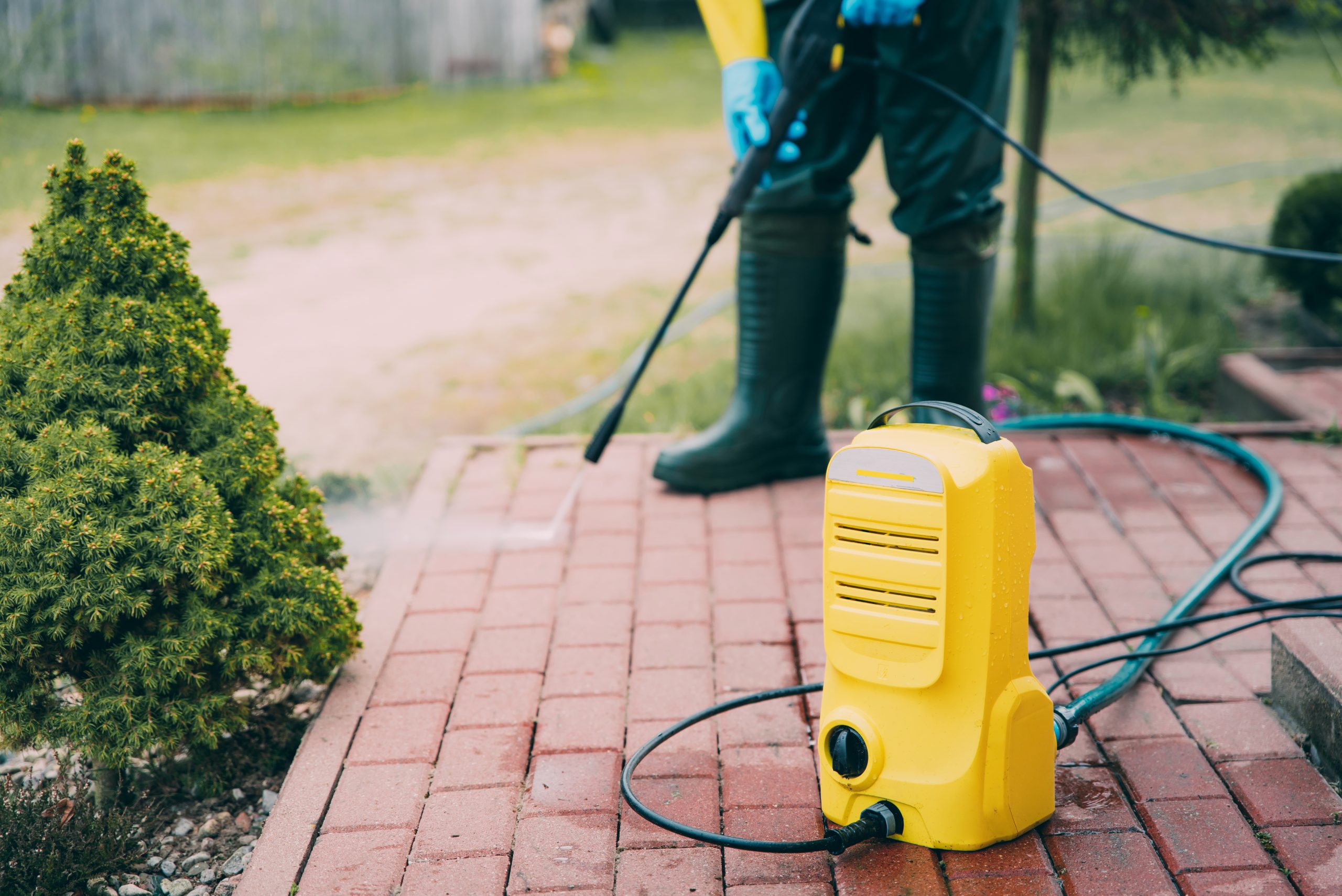
At Earnshaws, we want to ensure you have the best possible chance of enjoying your outdoor space – here are some frequently asked questions regarding cleaning your other aggregates.
Q: Can I bleach my garden stones?
A: Bleach can be highly effective at removing grime and killing moss and algae, but it can also harm plants and soil. If you use bleach, make sure you dilute it heavily with water (ideally 50 ml of bleach for 20 litres of water), and rinse your aggregate thoroughly before returning it to your garden. Be mindful of run-off when cleaning and rinsing – try to make sure all water drains away from your plants and soil.
Q: How do I clean patio stones?
A: Cleaning patio stones is similar to cleaning garden stones. Start by sweeping away debris and then use a hose or pressure washer to rinse the stones. Clean with warm water and washing up liquid or use a specialist patio cleaner for stubborn stains. Rinse with cold water and repeat if necessary.
Q: How do I clean my stone driveway?
A: To clean a stone driveway, begin by removing any objects or garden debris. Use a pressure washer for the best results, starting from the top of the driveway and working your way down. For areas with oil stains, apply a degreaser before washing.
Q: How to clean white stones in a garden?
A: For pale and white stones, a deeper clean may be required. If possible, try to soak your stones in a water and bleach solution (50 ml of bleach for 20 litres of water) for 24 hours. You could do this in any waterproof container, such as heavy-duty buckets or in a wheelbarrow.